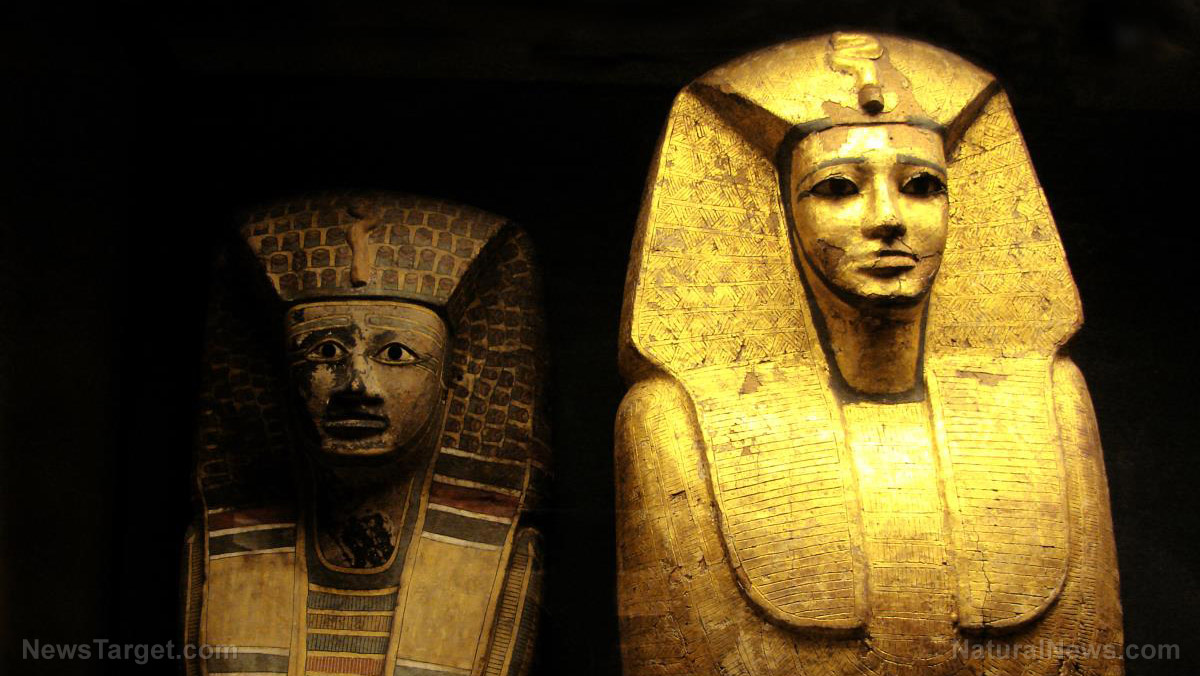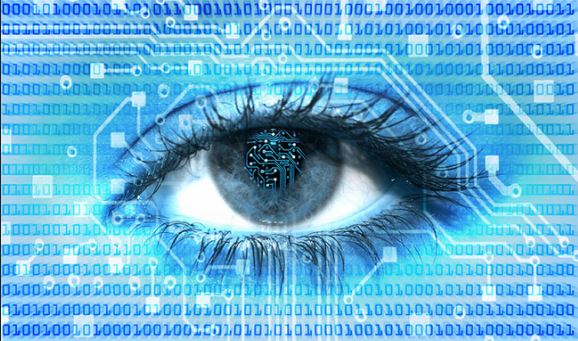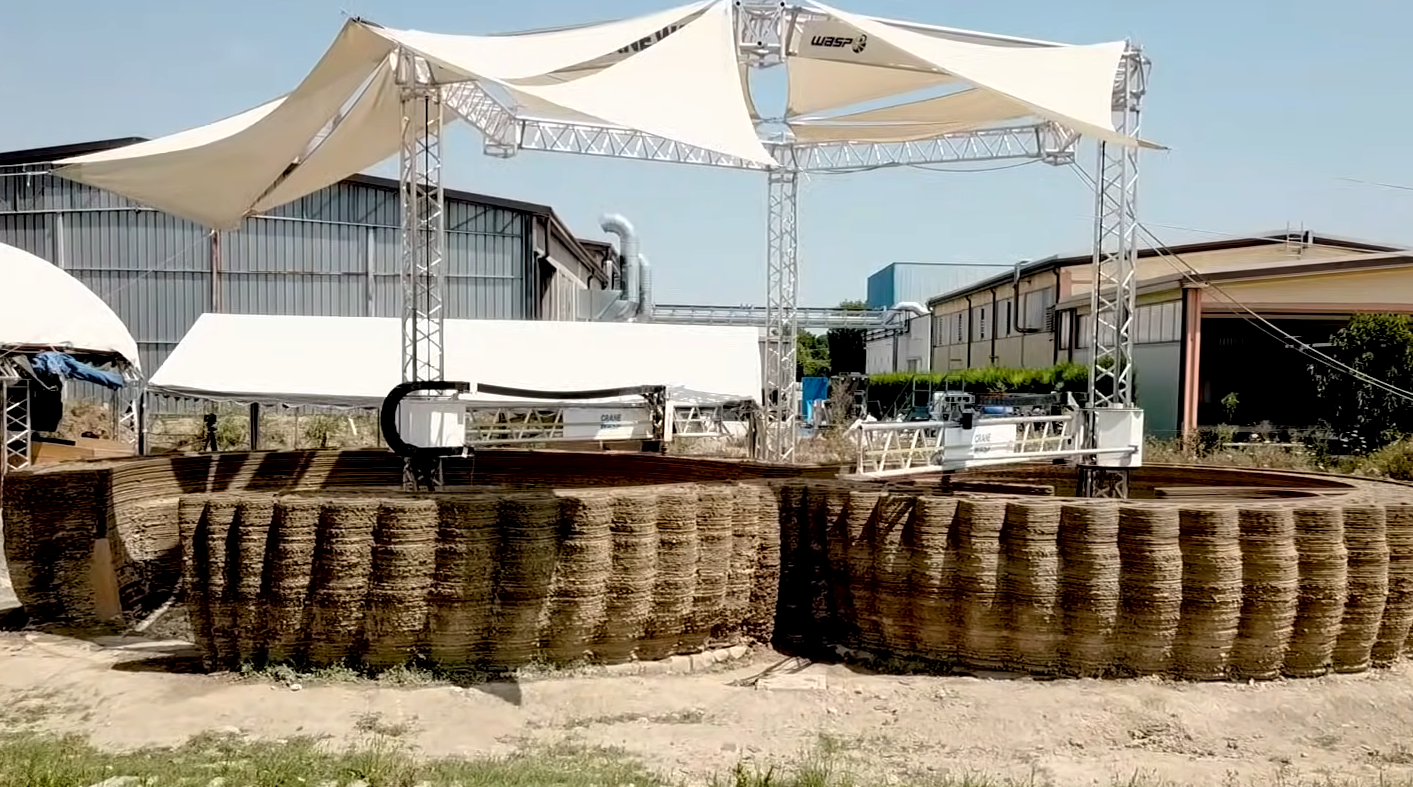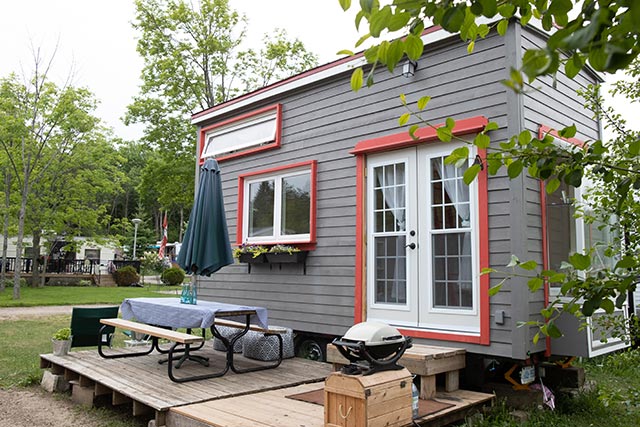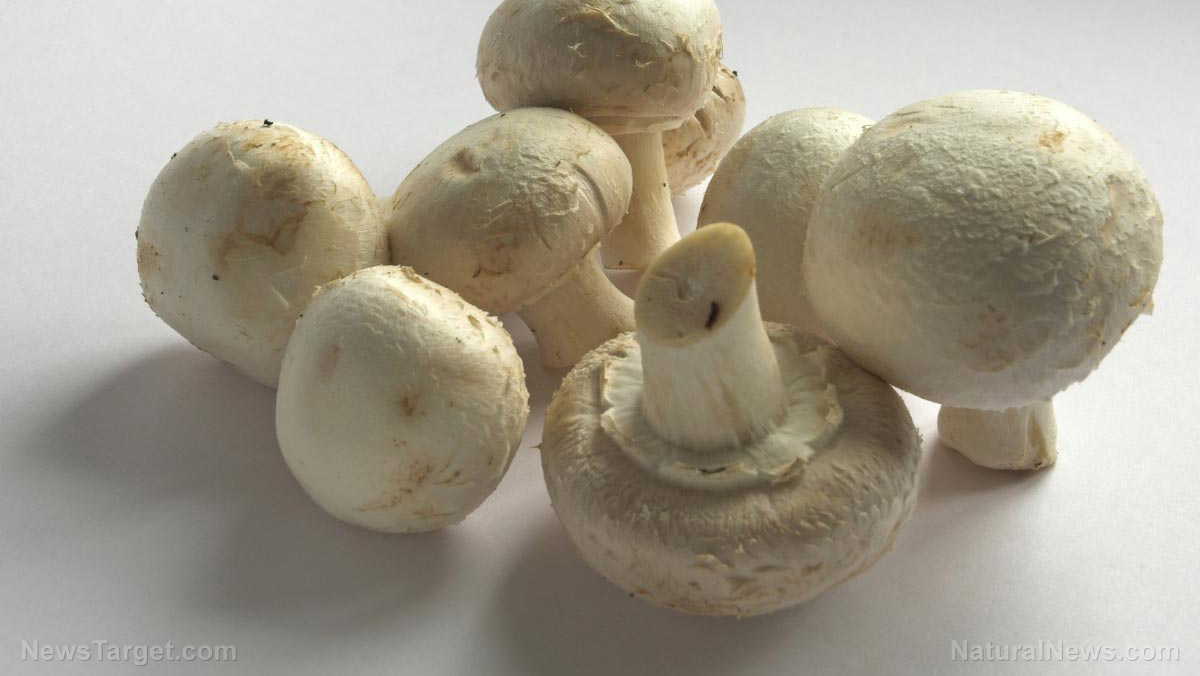
This Frankenstein's Monster is the brainchild of researchers from the Stevens Institute of Technology (Stevens). They used a 3D printer to create cyanobacteria clusters and graphene-based nanoribbons, which they then grafted onto a white button mushroom.
The resulting animal-mineral-vegetable hybrid can absorb sunlight via its cyanobacteria and turn it into energy via photosynthesis. The electricity is collected by the nanoribbons, which can be extracted later on.
According to the Stevens researchers, the bionic mushroom demonstrates how to take advantage of the natural processes of cells. Even if the cells originated from different sources, the right combination could produce useful effects such as solar energy.
"In this case, our system—this bionic mushroom—produces electricity," said Stevens researcher Manu Mannoor. "By integrating cyanobacteria that can produce electricity, with nanoscale materials capable of collecting the current, we were able to better access the unique properties of both, augment them, and create an entirely new functional bionic system." (Related: Mushroom-based products could soon replace leather, cloth, and even bricks.)
Sensitive cyanobacteria can call white button mushrooms "home"
Experts are interested in the ability of cyanobacteria to generate electricity through photosynthesis. However, these bacteria die very quickly in artificial environments, so it is difficult to take advantage of their power production for more than a few days.
White button mushrooms happen to host large numbers of live microorganisms. Mannoor and his team decided to evaluate the fungus's capacity to support a population of transplanted cyanobacteria.
They grafted cyanobacteria cells onto the cap of a live white button mushroom, a dead one, and a silicon substrate. At the end of their experiment, they reported that the bacteria survived the longest on the living mushroom and outlasted the others by several days.
Stevens researcher Sudeep Joshi explained that white button mushrooms have enough moisture and nutrients as well as having the right pH and temperature to serve as a hospitable environment for finicky cyanobacteria. He described the combination of mushroom substrate and microbe occupants as an artificial symbiosis between representatives from the fungal and bacterial kingdoms.
Bionic mushrooms host photosynthetic bacteria and graphene nanotech
The process of transforming a white button mushroom into its bionic equivalent started with a 3D printer putting a network of "electronic ink" on the cap. Made from graphene nanoribbons, the electricity-conducting ink probed the cyanobacteria's membranes and harvested the bio-electrons produced inside the microbes.
The 3D printer then added a spiral pattern of "bio-ink" to the mushroom cap. This ink contained the cyanobacteria, and its branching network intersected with the earlier-printed pattern of electronic ink. Electrons produced by the bacteria will exit their membrane and go through the graphene nanoribbons that intersect the bio-ink.
To test the effectiveness of the system, the Stevens researchers shone a light on the bionic mushrooms. They reported that the light triggered photosynthesis in the cyanobacteria, and the electronic ink was able to channel the resulting electric current.
Furthermore, the cyanobacteria demonstrated that their electrical output was determined by their density and their alignment on the ink. The more tightly bacteria are clustered together, the more electricity they generate.
Before the advent of 3D printing technology, a pipette was used to arrange bacteria in compact clumps. Nowadays, a 3D printer can print out dense clusters of cyanobacteria that can produce up to eight times as much power as traditional casting techniques.
"With this work, we can imagine enormous opportunities for next-generation bio-hybrid applications," concluded the Stevens researchers in their paper.
Sources include:
Please contact us for more information.
















